Description
Origin: Chapter 1- Seeing Older Adults Through the Eyes of Wellness, 1
1.A nurse is discussing an older adult’s recent diagnosis of rheumatoid arthritis with a
colleague. Which of the nurse’s statements reflects an accurate view of the relationship
between aging and wellness?
A)
B)
C)
D)
Ans:
A)
B)
C)
D)
Ans:
A)
B)
C)
D)
Ans:
“It’s important that the individual knows this is an expected part of growing older.”
“We need to teach the older adult how he can keep living a fruitful life in spite of
his diagnosis.”
“We need to make sure our teaching is not too detailed for someone of his age.”
“We need to ensure his expectations of continuing to live alone are realistic.”
B
Feedback:
Answer B reflects a desire to foster a fulfilling and productive life for the older adult
despite his diagnosis, and reflects an understanding of wellness and aging. Option A
implies that illness is an inevitability of aging. Option C suggests that older adults have a
limited capacity to learn by virtue of their age, and option D implies pessimism about the
health and functioning of the older adult.
Origin: Chapter 1- Seeing Older Adults Through the Eyes of Wellness, 2
2.A nurse is teaching an older person about the concept of successful aging. Which of the
nurse’s questions addresses an important contributor to successful aging?
“Are you largely free of acute or chronic illnesses?”
“Do you feel financially secure?”
“Do you feel like you actively engage with life?”
“Do you have a reliable support network?”
C
Feedback:
Research has indicated that an active engagement with life is central to successful and
healthy aging. Absence of illness, financial security, and the nature of a person’s support
network are not identified components of successful aging.
Origin: Chapter 1- Seeing Older Adults Through the Eyes of Wellness, 3
3.An older adult has recently begun to display unprecedented lapses in short-term memory.
The nurse overhears a colleague reassuring the person by saying, “Try not to worry; it’s
just a part of growing older.” The nurse recognizes that this is an example of what
phenomenon?
Multiple jeopardy
Gerontophobia
Age attribution
Implicit ageism
C
Feedback:
Age attribution is the act of attributing a problem to age rather than to a pathology, as in
the colleague’s statement. Multiple jeopardy is the compounding of discrimination based
on factors such as race and gender, while gerontophobia is the fear or hatred of older
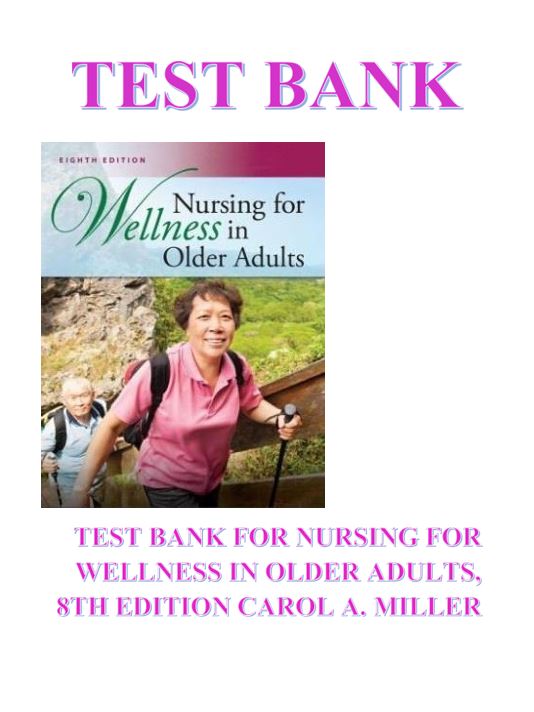
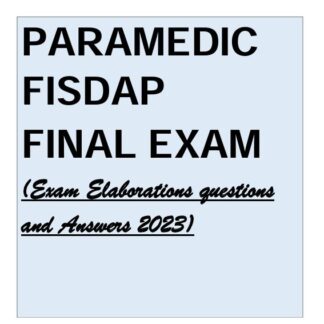
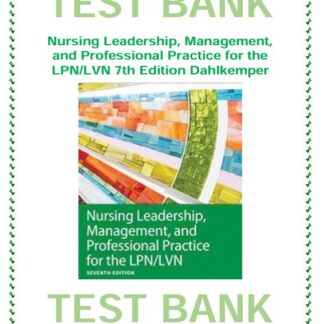
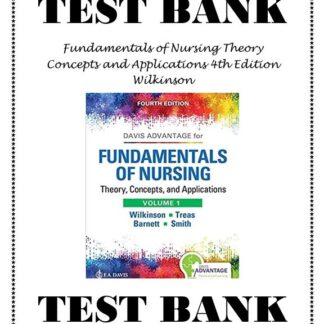
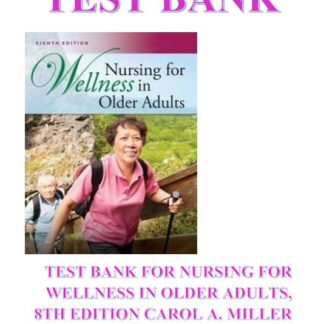
Reviews
There are no reviews yet.